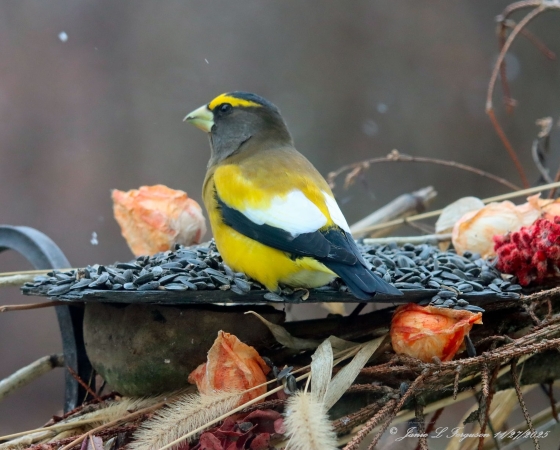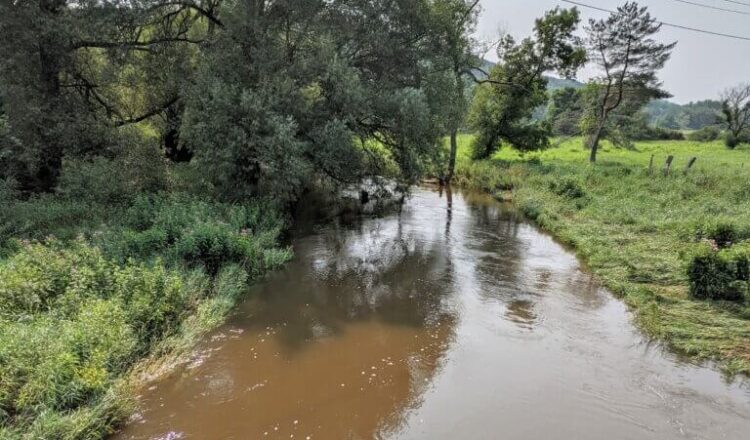In fairness, the NYS Department of Environmental Conservation has written many success stories
A COLUMN By Clayton “Tiger” Hulin
Not every story about the Department of Environmental Conservation needs to begin with failure. Sometimes good stewardship means having the honesty to acknowledge what is working, even when other things still fall short.
After my recent column, When Guardians Sleep, many readers wrote to me with stories of rivers healed, habitats restored, and species returning. One man from Canacadea Creek told me how he and his family quietly repaired an eroding bank after years of bureaucratic frustration. When the DEC finally lent a hand, the fix cost him five thousand dollars and came with a paper trail thicker than the retaining wall itself. Still, the water held.
That’s the heart of the matter. Nature responds to care, not to politics.
In fairness, the DEC has helped write more than a few quiet success stories across this state. They rarely make the news, but they remind us why the work still matters.
Beavers have returned to the Bronx River after more than a hundred years. Otters, once nearly gone from Western New York, are sliding through streams again thanks to healthier wetlands. The DEC’s partnership with Cornell’s Wildlife Health Program continues to monitor wildlife diseases and keep ecosystems resilient. In the Adirondacks, orphaned beaver kits have been rescued, treated, and released back into the wild.
None of this is small. Each act of repair tells us that stewardship is not just an idea. It is a daily practice.
The department has also launched several large-scale initiatives worth knowing about. The Invasive Species Grant Program puts four million dollars toward prevention and recovery efforts statewide. The Young Forest Program is creating habitats for songbirds and game alike. The Zoar Valley restoration will improve both biodiversity and flood resilience. And the Land Conservation Partnership continues to help preserve farmland, open space, and the wetlands that make it all possible.
These are the kinds of projects that remind me why I still write to the DEC, not just about them. Because for all the frustration, there is still room for collaboration.
And let us be truly honest here. As I have wandered up and down the creek banks of the Ischua, I have noticed a lot of pollution that didn’t come from Great Lakes Cheese, but from years of neglect. I’ve started removing some of it myself, and I hope those who walk along those banks will start taking their share out as well.
Stewardship begins at the fingertips, not the keyboard. You can’t just write about a place. You have to touch it, tend it, and help it heal.
Here in the Southern Tier, our waters tell a more complicated story. Olean’s consent order may look like progress on paper, but progress that takes years to reach the water’s edge is not progress at all. No one in this valley wants to hear that it will be three more years before Olean can flush a toilet without it ending up in the Allegheny. That is not a timeline. That is an admission that the problem still owns us.
Clean water should never depend on the date stamped at the bottom of a consent order. The river cannot wait for another round of meetings and promises. Accountability is not an attack. It is part of stewardship too.
The challenge for the DEC, and for all of us, is to make sure the guardians stay awake. That means investing not just in reports and orders, but in real people on the ground who can see and feel what is happening before the damage is done.
We should not excuse the failures of the past, but neither should we ignore the progress that points toward renewal.
When the river runs clear, it is not a victory for one agency or one writer. It is a victory for everyone who believes New York’s wild heart is still worth defending.
Because when the guardians listen, the land remembers how to breathe again.
Until the guardians truly awaken, I’ll keep listening with the river.
Clay “Tiger” Hulin is a Franklinville NY writer with strong opinions on conservation, especially in the wake of the Ischua Creek disaster. You can reach him anytime, claymation_88@yahoo.com






